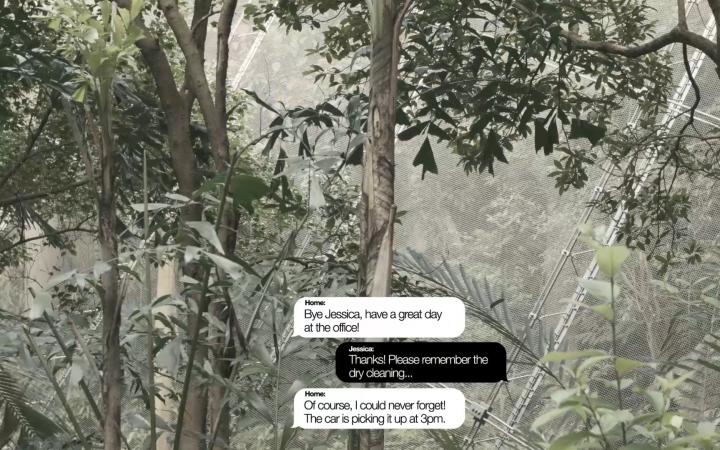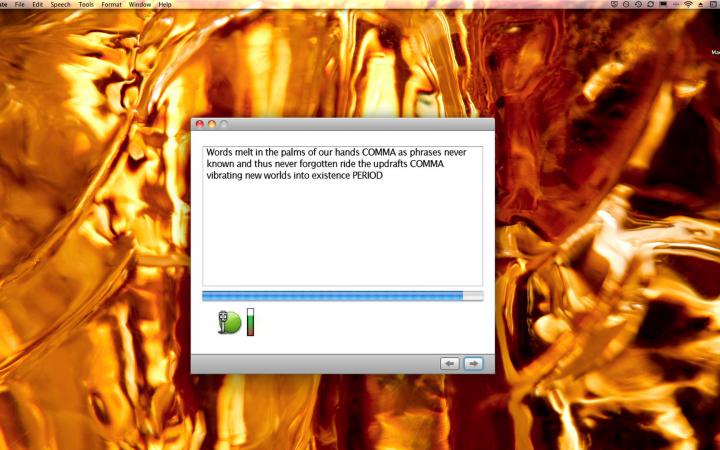#MachineLearning
#ArtificialIntelligence #Cybernetics #PatternRecognition #AutonomousSystems #SelfDrivingCars #Drones #Robots
In computer science #ArtificialIntelligence (AI) determines the operations of intelligent agents using forms of mechanical or “formal” reasoning. AI was founded on the idea that a machine can simulate human intelligence. Alan Turing’s theory of computation suggested that it was possible to represent logical operations by modifying simple symbols such as 0 and 1. Turing assumed that reasoning can be formalized as distinctive sequences of mechanical operations based on cause and effect – in other words, discrete sequences of logical steps based on a set of rules (#Algorithm, see key area #Encoding). [1] What came to be known as the classical symbolic approach to AI considers machine cognition as rule-governed manipulation of formal symbols with a centralized control mechanism. It was the attempt to code knowledge about the world in formal mathematical language. This approach was successful for so-called expert systems, which were able to carry out complex tasks, such as medical diagnosis, or planning and configuration at the level of human experts. However, they proved difficult to program since one simple error sometimes caused the whole system to fail. But most importantly the systems were not able to inherently learn. [2] By 1980 the approach was no longer pursued as it became clear that a mere simulation of thought does not amount to real understanding; therefore, that syntactic manipulation of symbols does not suffice for cognition. [3]
A more flexible and adaptive approach to machine cognition came from the field of neuroscience and #Cybernetics, where artificial intelligence was not treated in terms of rules and representations but as dynamic systems. Warren S. McCulloch and Walter Pitts’ ground-breaking research was the first work that treated the brain as a computational apparatus. [4] Together with Donald O. Hebb’s work on associative learning deriving from the firing of nodes that produce synaptic interrelations, [5] Frank Rosenblatt developed the foundation for machine learning. [6] #MachineLearning is a field of AI that explores forms of computation which allow programs to change and adjust its internal parameters automatically, that is, without hand engineering the algorithms, in order to process data. The algorithmic structure is constituted as an artificial neural network, whose reasoning is executed by thousands of neurons, arranged into hundreds of intricately interconnected layers breaking up causal relations. Neural computation is based on modelling an adaptive system that evolves through the capturing of environmental data, which is fed back into the system. [7] Crucially, the networks’ output constitutes an approximation, a statistical likelihood for the most probable outcome.
Since 2006, machine learning has made huge leaps forward as a consequence of a steady increase in computational power coupled with the vast expansion of data capturing mechanisms and the enlargement of the physical IT infrastructure. [8] In its practical application machine learning algorithms are heavily employed for #PatternRecognition; visual object recognition and object detection particularly relevant for #AutonomousSystems such as #SelfDrivingCars, #Drones, and #Robots. In essence, machine learning reconstitutes what thinking means and raises many ethical and legal questions with regard to automated decision-making, machine bias, liability, and accountability.
Yasemin Keskintepe
[1] See Alan Turing, »On Computable Numbers, with an Application to the Entscheidungsproblem,« in: »Proceedings of the London Mathematical Society,« ser. 2, vol. 42, no. 1, January 1937, pp. 230–265.
[2] See David Davenport, »The Two (Computational) Faces of AI,« in: »Philosophy and Theory of Artificial Intelligence,« ed. Vincent C. Müller, Studies in Applied Philosophy, Epistemology and Rational Ethics vol. 5, Springer, Heidelberg, 2013, pp. 43–58, here p. 44.
[3] See John R. Searle, »Minds, Brains, and Programs,« in: »Behavioral and Brain Sciences,« vol. 3, no. 3, September 1980, pp. 417–424.
[4] Warren S. McCulloch and Walter Pitts, »A Logical Calculus of the Ideas Immanent in Nervous Activity,« in: »Bulletin of Mathematical Biophysics, vol. 5, no. 4, December 1943, pp. 115–133.
[5] Donald O. Hebb, »The Organization of Behavior: A Neuropsychological Theory,« Wiley, New York, Chapman and Hall, London, 1949.
[6] Frank Rosenblatt, »The Perceptron: A Probabilistic Model for Information Storage and Organization in the Brain,« in: »Psychological Review,« vol. 65, no. 6, 1958, pp. 386–408.
[7] See Yann LeCun, Yoshua Bengio, and Geoffrey Hinton, »Deep Learning,« in: »Nature,« vol. 521, May 2015, pp. 436–444.
[8] See Geoffrey E. Hinton, Simon Osindero, and Yee-Whye Teh, »A Fast Learning Algorithm for Deep Belief Nets,« in: »Neural Computation,« vol. 18, no. 7, July 2006, pp. 1527–1554.
Articles
-
The Organization of Behavior
Donald O. Hebb
-
An introduction to cybernetics
William Ross Ashby
-
A logical Calculus of the Ideas Immanent in Nervous Activity
Warren S. McCulloch, Walter Pitts
-
The Perceptron. A Perceiving and Recognizing Automaton
Frank Rosenblatt
-
The Perceptron: A Probabilistic Model for Information Storage and Organization in the Brain
Frank Rosenblatt
-
A fast learning algorithm for deep belief nets
Geoffrey E. Hinton, Simon Osinder
-
Inside an AI ‘Brain’ – What does machine learning look like?
Matt Fyles
-
Deep Learning
Yann LeCunn et al.
-
How to Make a Mind
Ray Kurzweil
-
Defeating the World Chess Champion (A History of Computer Chess)
(A History of Computer Chess)
-
Future Progress in Artificial Intelligence: A Survey of Expert Opinion
Vincent C. Müller, Nick Bostrom
Videos
Google DeepMind's Deep Q-learning playing Atari Breakout
1:42 min.
What is Machine Learning?
5:22 min.
The Rise of Artificial Intelligence through Deep Learning | Yoshua Bengio | TEDxMontreal
17:53 min.
The AI Race – Documentary ABC TV
53:49 min.
How To Create A Mind: Ray Kurzweil at TEDxSiliconAlley
16:50 min.
How To Create A Mind: Ray Kurzweil at TEDxSiliconAlley
21:39 min.
Watson and the Jeopardy! Challenge
3:45 min.
Timo Honkela: A history of machine learning and neural networks research
20:11 min.
Artificial Intelligence, the History and Future – with Chris Bishop
61:21 min.
Machine learning & art – Google I/O 2016
42:35 min.
Past, Present and Future of AI / Machine Learning (Google I/O '17)
44:32 min.
IBM: Games, A.I. & the Future of Cognitive Computing
3:32 min.
Achieving Immortality by 2045 with AI and Biotech, Google Director Ray Kurzweil
52:24 min.
Science Documentary: Creating Brain Systems, Quantum Computing, Quantum mechanics and Consciousness
129:29 min.
Deep Learning: Intelligence from Big Data
84:16 min.





